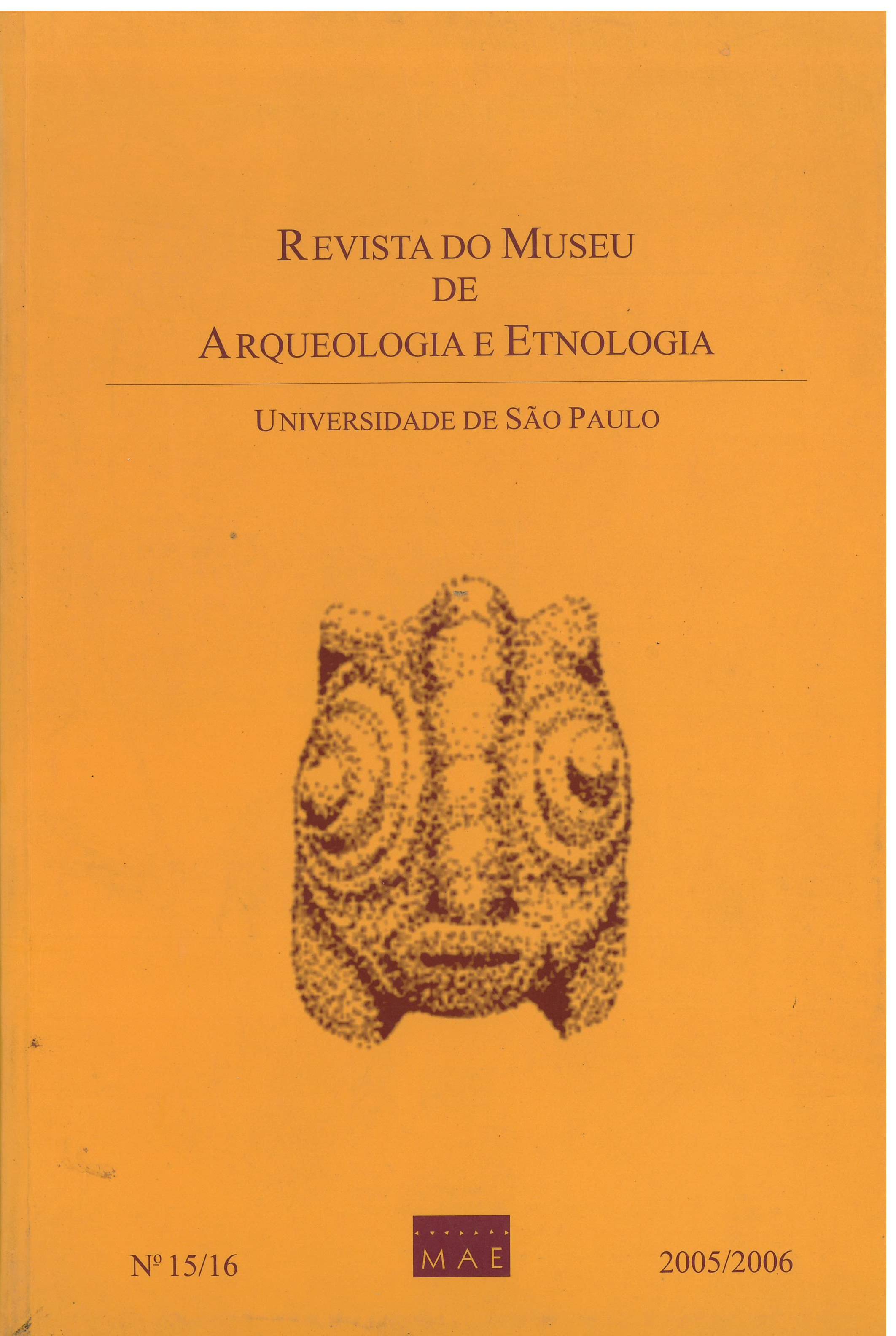Fluorescência de Raios X aplicada a amostras arqueológicas
DOI:
https://doi.org/10.11606/issn.2448-1750.revmae.2006.89728Palavras-chave:
Fluorescência de raios X, Cerâmicas arqueológicas, Determinação química.Resumo
Com o intuito de se determinar a composição química elementar de amostras arqueológicas e de cerâmicas fabricadas, o presente trabalho utilizou as técnicas de fluorescência de raios X. Foram usadas três técnicas analíticas: (i) fluorescência de raios X dispersiva em energia (EDXRF) convencional, (ii) microfluorescência de raios X (μ-XRF) com fonte de luz Síncrotron e (iii) microscopia eletrônica de varredura acoplada com fluorescência de raios X dispersiva (SEM/EDS). A partir das concentrações químicas dos elementos presentes nas amostras de fragmentos arqueológicos, foi realizada uma análise de agrupamento e com isso um estudo de identificação de procedência das cerâmicas arqueológicas.Downloads
Os dados de download ainda não estão disponíveis.
Downloads
Publicado
2006-12-14
Edição
Seção
Estudos de Arqueoacústica e usos de tecnologias digitais
Licença
Copyright (c) 2006 Richard Maximiliano da Cunha e Silva, Virgilio Franco do Nascimento Filho, Carlos Roberto Appoloni, Carlos Alberto Perez

Este trabalho está licenciado sob uma licença Creative Commons Attribution-NonCommercial-NoDerivatives 4.0 International License.
Como Citar
SILVA, Richard Maximiliano da Cunha e; NASCIMENTO FILHO, Virgilio Franco do; APPOLONI, Carlos Roberto; PEREZ, Carlos Alberto. Fluorescência de Raios X aplicada a amostras arqueológicas. Revista do Museu de Arqueologia e Etnologia, São Paulo, Brasil, n. 15-16, p. 371–382, 2006. DOI: 10.11606/issn.2448-1750.revmae.2006.89728. Disponível em: https://journals.usp.br/revmae/article/view/89728.. Acesso em: 22 jul. 2024.


















